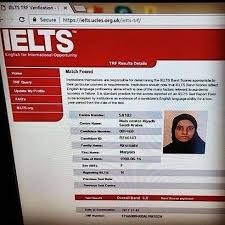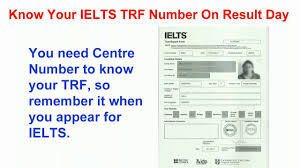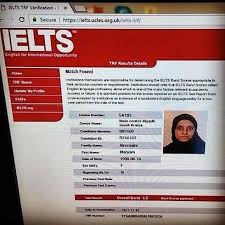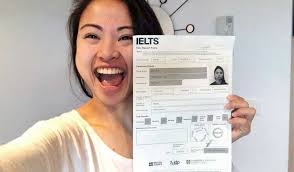Ielts Verification, The International English Language Testing System (IELTS) is a widely recognized test designed to assess English language proficiency for non-native speakers. Whether you’re aiming to study abroad, migrate, or work in an English-speaking environment, IELTS results can be crucial. But what happens when the authenticity of your IELTS results needs to be verified? This is where IELTS verification comes into play.
What is IELTS Verification?
IELTS verification refers to the process of confirming the authenticity and validity of IELTS test results. This process is essential for institutions, employers, and immigration authorities that rely on IELTS scores to make important decisions. Verification ensures that the test results presented are genuine and accurately reflect the candidate’s English language proficiency.
Why is IELTS Verification Important?
- Maintaining Integrity: Verification helps maintain the credibility of the IELTS test by preventing fraudulent activities. By confirming the authenticity of test results, it ensures that only valid scores are used for academic, professional, and immigration purposes.
- Ensuring Fairness: It provides a level playing field for all candidates. By verifying results, institutions and employers can be confident that the scores they are evaluating are from a legitimate and standardized test.
- Preventing Misuse: Verification helps prevent the misuse of IELTS scores, which can be particularly important in sensitive situations like visa applications or professional licensing.
How Does IELTS Verification Work?
The verification process typically involves the following steps:
- Submission of Test Results: The candidate or the institution needing verification submits the IELTS test results for verification. This can often be done through the official IELTS website or directly through the test center.
- Verification Request: The requesting party (such as an educational institution or an immigration authority) sends a verification request to IELTS. This request includes details such as the candidate’s name, test date, and test center.
- Verification Process: IELTS then cross-checks the provided information against their database to confirm the authenticity of the test results. This process may involve verifying the test report form (TRF) number and other details.
- Verification Outcome: Once the verification is complete, the institution or authority receives confirmation of whether the test results are genuine or not. This confirmation helps them proceed with their decision-making process.
Tips for Ensuring Smooth IELTS Verification
- Keep Your Test Report Safe: Ensure that you keep your IELTS test report form (TRF) safe and accessible, as you may need it for verification purposes.
- Use Official Channels: Always use official IELTS channels or test centers for verification requests to avoid potential issues with fraudulent claims.
- Stay Informed: Familiarize yourself with the verification procedures of the institutions or authorities requesting your IELTS scores. Different organizations might have varying requirements or processes.
- Check for Updates: IELTS verification procedures can change, so stay updated with the latest information from the official IELTS website or your test center.
Conclusion
IELTS verification plays a critical role in ensuring the integrity and reliability of the IELTS test scores. By understanding the verification process and adhering to best practices, candidates and institutions can navigate the complexities of score validation effectively. Whether you’re a test taker or an organization requiring verification, knowing how to handle this process can help maintain trust and fairness in the use of IELTS results.



